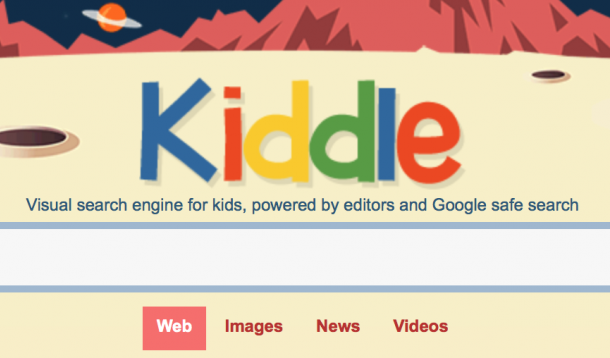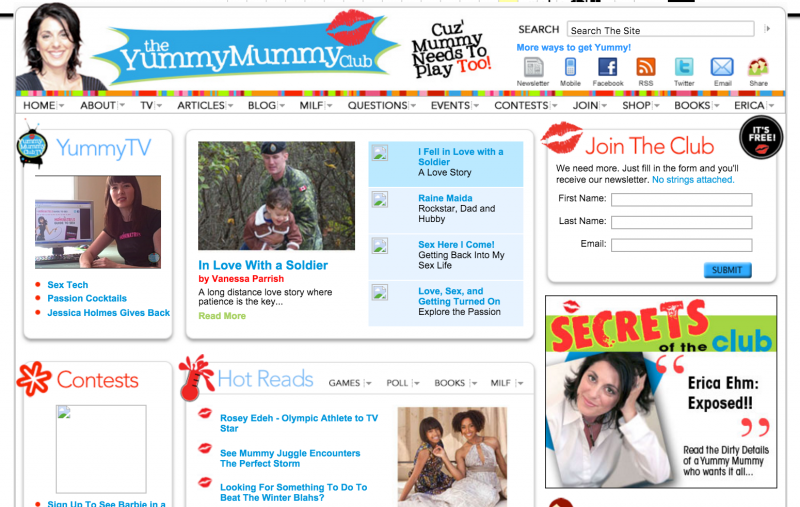
Kiddle has hit the internet and the parents are going wild. Media outlets everywhere are touting "Google's new kid-safe search site" as being highly overdue. Twitter is a buzz with excitement. Only one problem: Kiddle is not a Google company. The creators of Kiddle are either genius or on their way to massive lawsuit. Let's take a look at the front page:

The font looks like Google. The layout looks like Google. The word Google is on the front page. Hell, it even sounds like Google. But when you read the fine print, it says "Visual search engine for kids, powered by editors and Google safe search". The editors in question work for Kiddle, not Google. It is in their fine print. The Google SafeSearch mentioned is a Google feature that you can actually turn on for yourself. Aside: Google says "SafeSearch can help you block inappropriate or explicit images from your Google Search results. The SafeSearch filter isn’t 100% accurate, but it helps you avoid most adult content." To recap, Kiddle editors use SafeSearch to scan results and then their own editors refine filters even more.
Possibly. Their Kids Safe Search, listed below, indicates that all their results are handpicked by the editors. Just keep in mind this is a new company so their credibility is really yet to be determined.

Depends on how accurate you want your results. I tried a variety of searches and though I did not turn up explicit content, much of it was quite dated. I searched both 'Zac Efron' and 'Selena Gomez'. There were two kids-safe biography websites that seemed up to date, but the rest were all sites and articles written in their Disney channel days. No topless pictures of Zac. I tried to search 'breast cancer' and got the response below.

If you want to trust the site, I would say this would be a good engine for kids under 10 because of its limitations. Kids older than that will get frustrated quickly with the lack of content. Plus they are likely savvy enough to work around it. If you are going to use it, monitor young kids. Even though one site may be safe, kids could easily click through to something else.

Every parents nightmare: York Region police have arrested 40 year-old Donald Richards for luring a minor through social media. Richards had created a fake Facebook profile as a 25 year-old woman named Jennifer Jackson. Under this identity, he gathered public data about and made contact with a 12 yr-old boy. They engaged in chats that eventually turned sexual. The chats were found by the boy's mother, who then reached out to the police.
There are two techniques at play here:
Catfishing. This is where a user pretends to be someone else. The term became popular after a 2010 documentary by the same name where a young guy, Nev Schulman, develops a relationship with a young woman in her 20s, only to discover she is actually a married middle-aged woman just looking for a connection. Though in this case the end result was not harmful, it was still hurtful to Nev, who thought he’d fallen for someone else.
Grooming. A situation where someone uses deliberate tactics to establish a connection with a victim to lower their inhibitions in order to abuse them. Grooming is not specific to the internet but is being used to describe the same process online as in real life. Using kids' public profiles and posts, criminals are often able to get basic information on their victims which they use to initiate contact.
Either catfishing or grooming can be dangerous and harmful, but together they are quite scary.
Stay safe by having your kids review their friends and followers list, or review it with them. When I speak to grade 5 and 6 students, most of them have private Instagram accounts and small groups they communicate with on Snapchat. But when asked how many students have at least one person on their friend/follower list that they don't actually know in real life, almost every one puts up their hand. Who are these other people in their inner circle? How did they meet them? Are they safe?
For online purposes, ‘stranger’ should be defined as someone you haven’t met OUTSIDE the computer world.
I often find that relaying these real-life examples help kids understand the dangers so they can avoid pitfalls and continue to use the internet in a positive way.

Many Canadians have watched the unfolding trial of Jian Ghomeshi, a radio personality charged with sexually assaulting a multitude of women. In this he-said-she-said case, evidence is scarce, except... digital evidence. The defense’s main case revolves around using emails the women wrote in 2003. This has brought up the questions of where did these old emails came from, and how permanent is your online data online?
Can digital media really last forever? Yes.
Each time we post a picture, a blog, a status or a tweet, we are adding to our digital identity, a permanent collection of data that defines who we are. My company that teaches about online identity is called Binary Tattoo; The Binary is for the language of computers (the 1s and 0s), and Tattoo for that permanence of what you put online. Much like a real tattoo, this one would be expensive and very painful to remove. If the tattoo has been seen, it may already be too late.
As online applications become part of our daily lives, our digital identities become increasingly more detailed. More importantly, we are raising a generation of young kids who are sharing every detail of their lives online. The best protection we can offer is knowledge of how it all works.
Stored by Social Media
When you delete a post from social media, that post is deleted from your view but it often remains in the servers (large computers) at the social media company so they can continue to analyze it. They want to know how long it takes between when women post and discuss weddings online until they start searching for information on babies. You may delete these messages and posts but they have filed them away.
Facebook nicely reminded me of their storage feature back in the time of the Look Back videos (summary slideshow of posts and photos over the years). I had already deleted many of my old photos including my first Facebook profile photo… but there it was in my Look Back video, staring right back at me. Can I access it from my profile? No. But they certainly have it.
Stored by External Services
There are many systems that crawl the internet for data and store it at that moment. The Way Back Machine is neat webpage that allows you to view what pages looked like in the past. Check out YummyMummyClub.ca circa 2010 below!

This may be the same way that Calgary liberal candidate Ala Buzreba got in trouble in the 2014 Federal Election. Buzreba, who was 17 in 2011, posted several slanderous and inappropriate tweets. At the time, she was just being a teenager. Fast forward four years later and they cost her the government job she was hoping for. Twitter is a public forum and you are at the mercy to having all your Tweets captured by anyone. Two of such tweets are seen here.


Stored in Copies
The data is often out of sight and therefore out of mind, but it could be somewhere. Using an email message as an example, let's say you send the message from Yahoo to Gmail. There is then a copy of that email on the server for your Yahoo account as well as a copy on the Gmail server. If you use mail clients that show you messages offline (tablets, laptops, desktop computers) then there could also be copies on there. If you delete the copy from your email, copies will and can continue to exist in other places. Few people even delete old emails because storage seems to be limitless.
What can you do?
Social media and the internet are amazing tools that we should use and appreciate. We should also be aware of the pitfalls and be smart about how we use them.
![]() RELATED: Hidden Facebook Privacy Settings You Need to Know About
RELATED: Hidden Facebook Privacy Settings You Need to Know About